
Heatwaves and Summer! I used to love them. They were like a favorite comedy duo — always capable of putting a smile on my face whether I was basking in the sun, enjoying a light evening stroll or just chilling out with a beer at a barbecue.
But then my wife and I welcomed a lovely little baby into our lives with open arms and, within a few days, love for sunny days turned to hate.
So, ok, hate is a strong word. Summer is still a heap of fun and who can resist gathering with family and friends around one of the best grills? But heat presents a big problem when you have a baby, especially when you're trying to settle them down for the night. According to the Lullaby Trust, the safest room temperature for babies is between 60 and 68 degrees Fahrenheit (16 and 20 degrees Celsius). And our bedroom has been a tad warmer than that!
Cue panic and rising anxiety levels leading to a steely determination to tackle the issue and keep the room as cool as possible! After all, overheating in babies can cause dehydration and it has also been linked to Sudden Infant Death Syndrome (SIDS).
As such, the idea was to turn to tech while continuing to keep a close eye on our baby, ensuring her skin wasn't becoming hot and sweaty and removing layers of clothes or bedding if necessary. These are always important initial steps to take when temperatures rise.
Sorting the basics
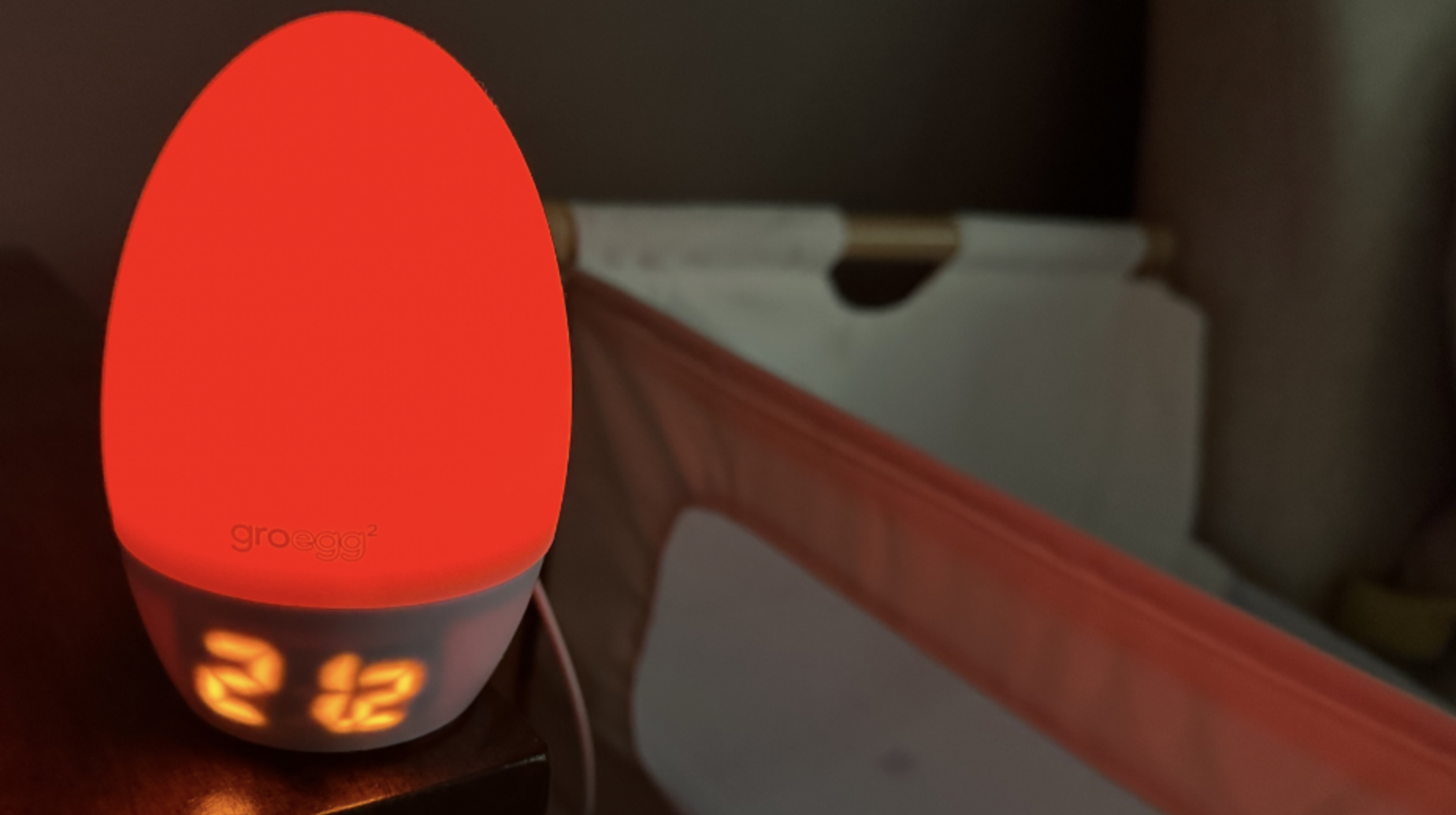
One of the first investments was a thermometer. Without one, it wouldn't be possible to know how warm the room actually is. I bought a Tommee Tippee GroEgg2 Digital Colour Changing Room Thermometer and Night Light which clearly displays the current temperature using a digital display. It let me glance at the color of its soft-silicone dome to instantly work out if I needed to take action (glowing orange when well and red if not) and I was so impressed, I bought another one for the living room.
If you're not too hot on the cost of these, don't worry – there are many less expensive alternatives, both digital and traditional. Once you have your thermometer, though, the next step is to prepare and arrange the room so that it becomes more heat efficient.
For me, this has entailed keeping the baby's cot out of direct sunlight; leaving the bedroom door open to increase air flow but closing the doors of rooms that are not being used; and keeping the blinds/curtains and windows closed during the day but opening them all in the evening when it's cooler.
Grab a fan
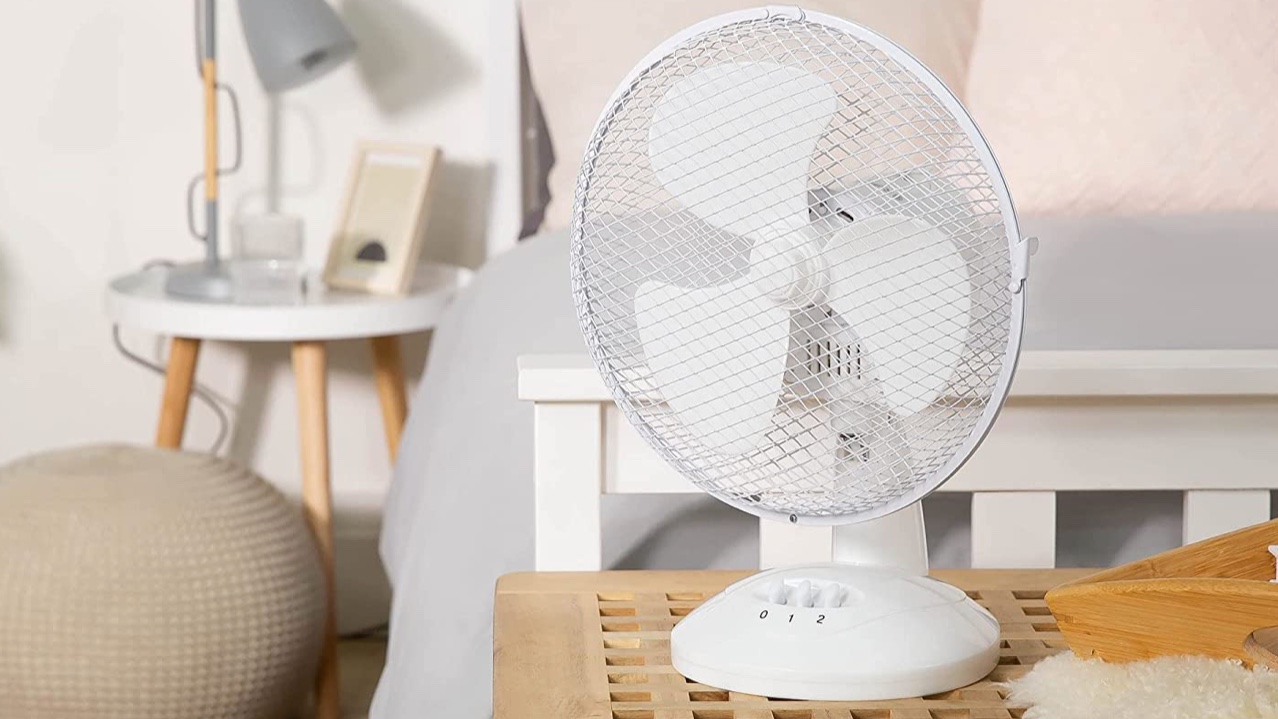
My immediate go-to when trying to cool the room was simple: get a fan! Unfortunately, the one I had to hand had been haphazardly stashed in a cupboard and the blades had snapped off so I bought a Russell Hobbs 9-inch portable desk fan as a replacement.
It required assembling but it seemed to work well — initially at least! Neither of the two speeds were loud and both settings sent a cool breeze across the room. I was mindful not to point it directly at where our baby would be sleeping. After all, this would only serve to make her too cold and babies can't regulate their temperature very well.
Yet the room temperature didn't seem to be falling. Worse, after about 15 to 20 minutes, the fan suddenly became very noisy, to the point where it was a distraction – not exactly paving the way for a good night's sleep. Time for another replacement, I thought, packaging the fan back in the box and returning it.
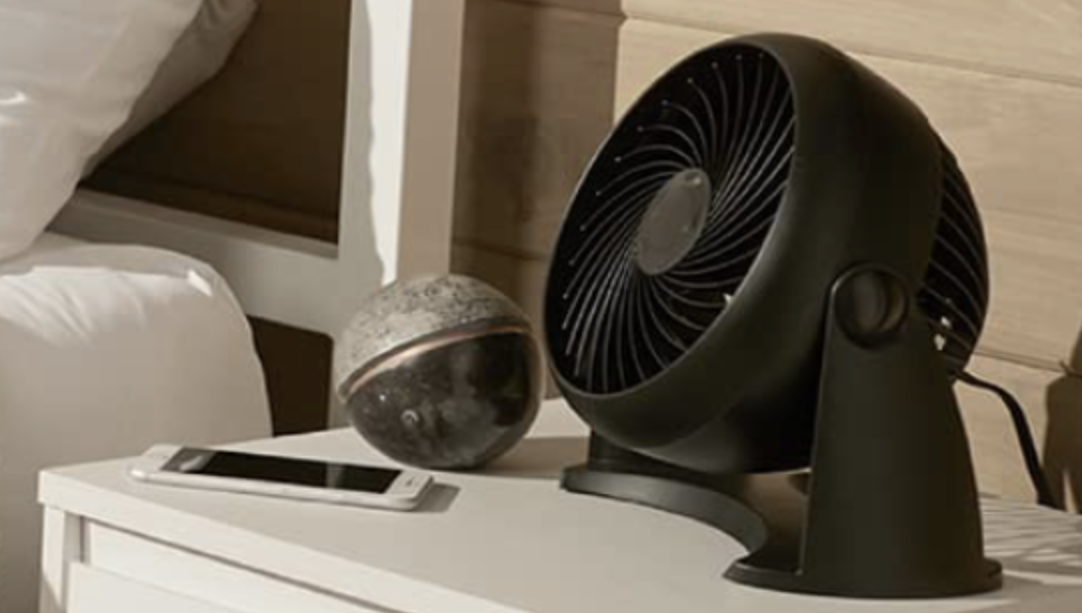
The alternative – the Honeywell TurboForce Power Fan – cost me fractionally more but it looks far more sturdy. It styling keeps reminding me of the device used to send a bat-signal to Batman since it tilts up and down on its stand. But while the Honeywell fan is never going to get Bruce Wayne's alter ego running your way, this fan did lend me a helping hand. It's quite a blowy fan, you see, living up to its TurboForce name. But that's not to say it doesn't have its downsides.
When researching fans, I realized that they don't actually cool the air. They just move around whatever air is in the room and this only makes you feel cooler. There's nothing wrong with that to some extent. In fact, when it's really hot, a fan will help to evaporate sweat more quickly and help you lose heat by convection. But there's actually little trick you can pull which is supposed to make them more effective.
If the air outside is cooler than inside, then placing a fan next to the window can bring cool air in and send warm air out. Trouble is, the Honeywell stand and the bulk of the actual fan makes placing this particular device on a windowsill rather difficult. It also has a peculiar way of working. The first setting after “off” is the highest, most blowy one and it's loud. You have to keep turning to make it less blowy and quieter. Even so, after a bit of fiddling around, the room dropped 34 degrees.
Turbo boosting
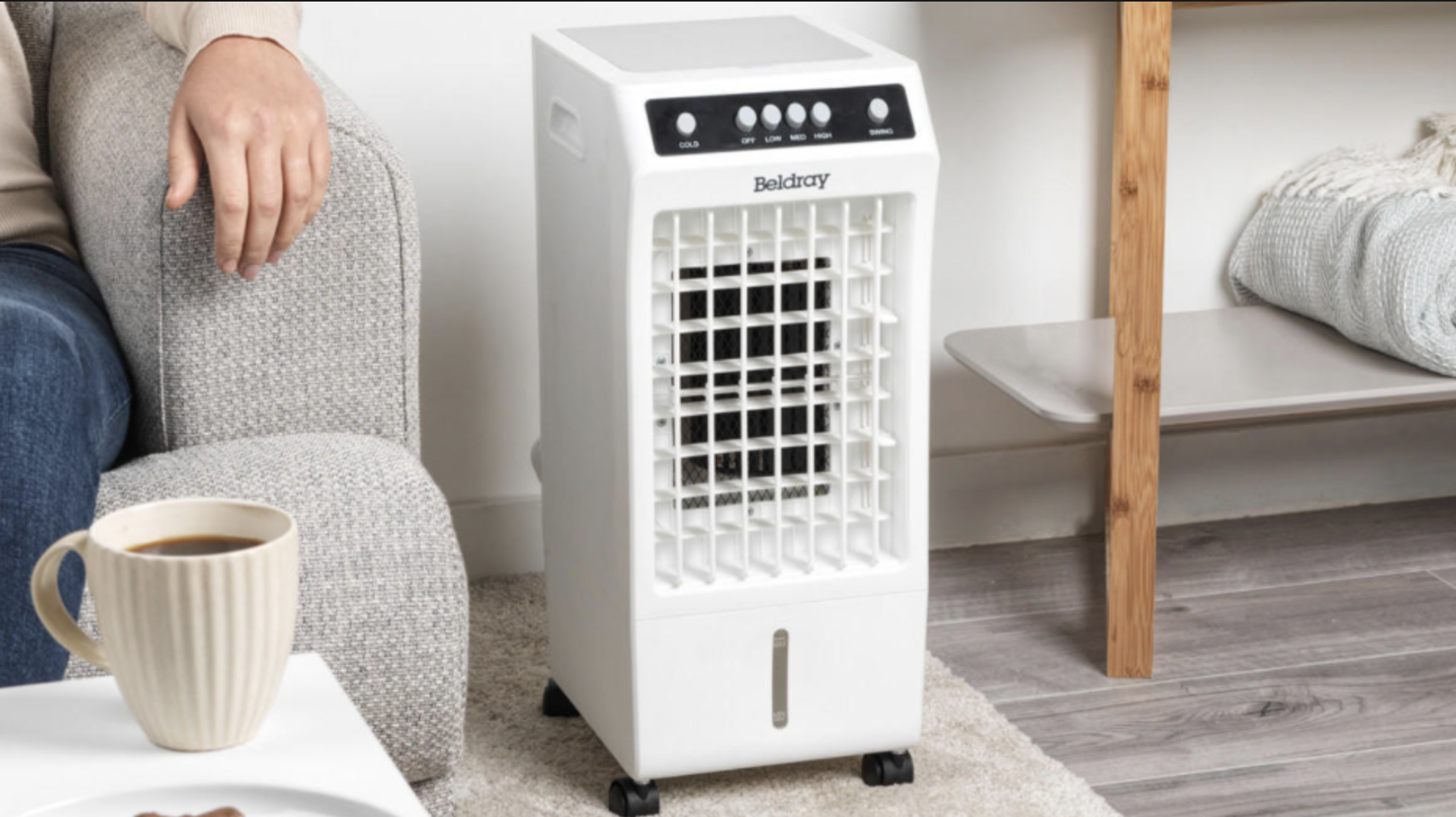
I still wasn't satisfied, though: when a room is nearly 77 degrees Fahrenheit (25 degrees Celsius), this reduction just doesn't cut it. I'd heard of another trick for fans where, if you know how to make a DIY air conditioner to beat the heat, you can potentially send those temperatures plummeting. I tried this with a few ice packs from the freezer but it didn't really make any difference. Yet, what if I could pick up a dedicated unit that pretty much mirrored this technique? Would that work better?
Cue my purchase of the Beldray EH3674 Evaporative Air Cooler, a device which looks as if it has come straight from the 1980s with its chunky buttons and retro plastic styling. The idea is that you poor cold water into the tank, add some ice packs and choose one of three speed settings to cool the surrounding air. It also claims to purify and ionize the air and it was only the cost of three Honeywells.
I'm usually good with tech. I don't always refer to the manuals but in this case I needed to. Then I realized why I don't always refer to the manuals — if they're written like this. Despite pouring through it, I was left none the wiser. I called my wife over. We scratched our heads a bit. So we actually need to remove a screw off the back of the unit, take out a paper filter that feels as if it would fall apart over time, pop the ice packs in, then refit the filter and back? Really?
It seemed as if this was indeed the way to go although we did later realize it can also be filled from the top (although we think the ice packs still need to go inside). The long and short of it was that it felt a bit of a hassle. At least, I'm happy to say, it was surprisingly effective. It emits a lovely, cool stream of air which feels very refreshing.
Does it dramatically reduce the temperature? Not really – only by about 33 degrees Fahrenheit. But that's not to say I didn't fall in love with the thing even if my journey was not yet complete.
A cool-looker
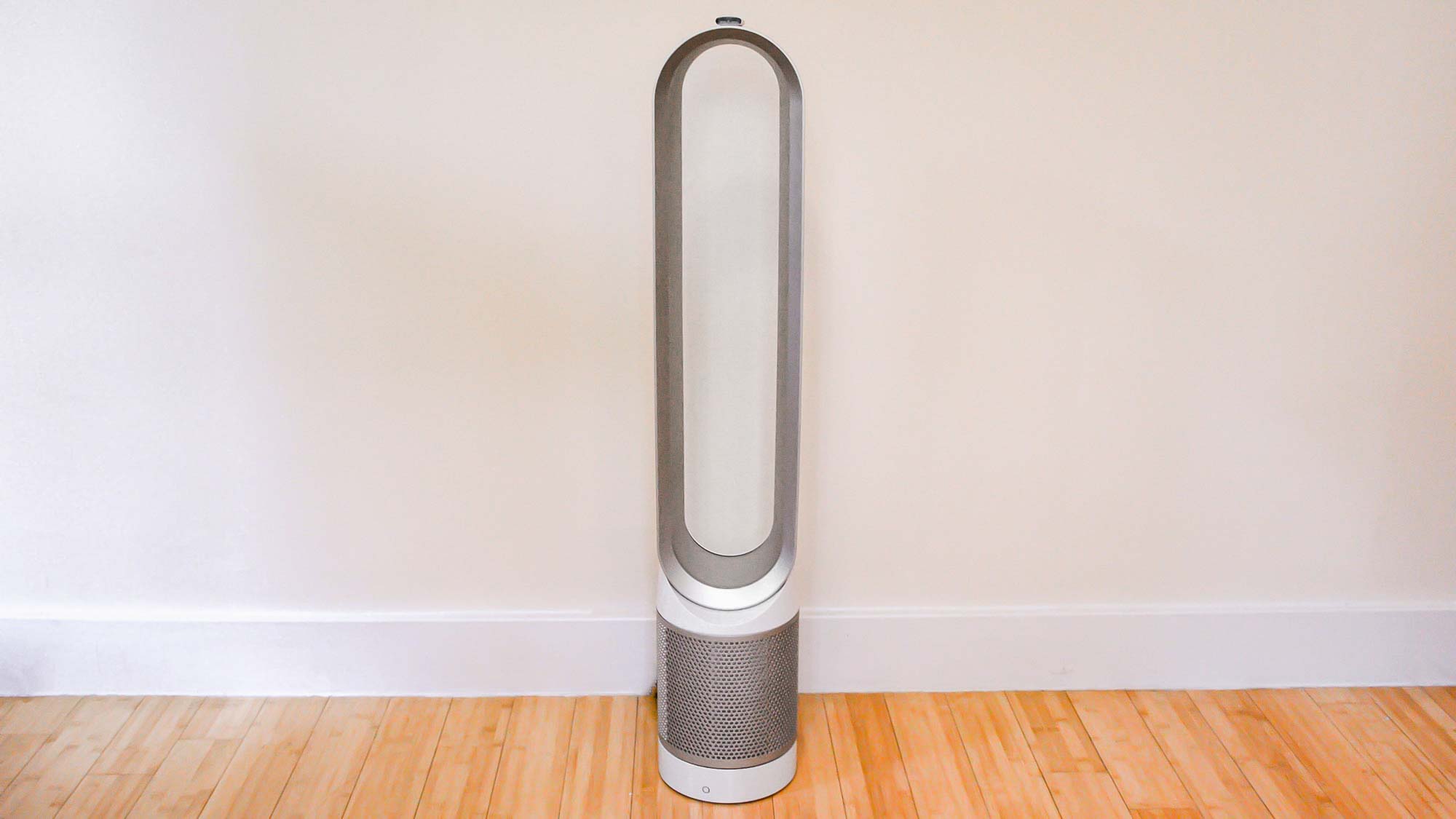
Perhaps, I thought, a Dyson Pure Cool TP01 would be the ultimate fan! It's tall, made by a company which has a reputation for innovation and it certainly looks like it would be rather effective. Once I got it home, however, and got it going, I realized that my ambitions for this device were set too high.
The Dyson is actually an air purifier so it's main job isn't actually to cool but to make the air more breathable. It's just as well because, as a cooler, the bladeless fan doesn't appear to make any more of a difference to the temperature than a traditional fan.
Even at the highest speed (10) and set to spin 180-degrees it didn't really blast out air. But it was good to have a remote control included so that it could be turned off and adjusted from afar — particularly good if you have your hands full with a baby.
At this stage, though, I was becoming a little frustrated but I decided there was only really one option left: an air conditioner. Splashing out thousands to have one built-in to the house was not an option but a portable air-con unit made sense.
I opted for a Meaco MC Series 12000 unit which was not only affordable but looked as if it could be effective in a larger bedroom. The delivery people really struggled to bring it to the door which set alarm bells ringing in my head: yup, it's a heavy beast and it was my job to get it upstairs.
Once in place, I had to connect up the vent pipe and sling it out of the window, making use of the free flexible window kit that came with the device. This was easy enough and it meant there was a secure way of expelling the hot air — quite useful given the temperature was reading 81 degrees Fahrenheit in the afternoon.
With the remote control in hand and the unit powered up, it was time for some action. I thought I'd read the manual for this one and it was written in a very clear manner. But my, my: the sound! When this device is doing its thing, it sounds like a jumbo is taking off and the vibrations can be heard downstairs.
But, after four hours of use (and eating away at the electricity - watch those bills!), the temperature was down to 68 degrees. Result!
Bottom line
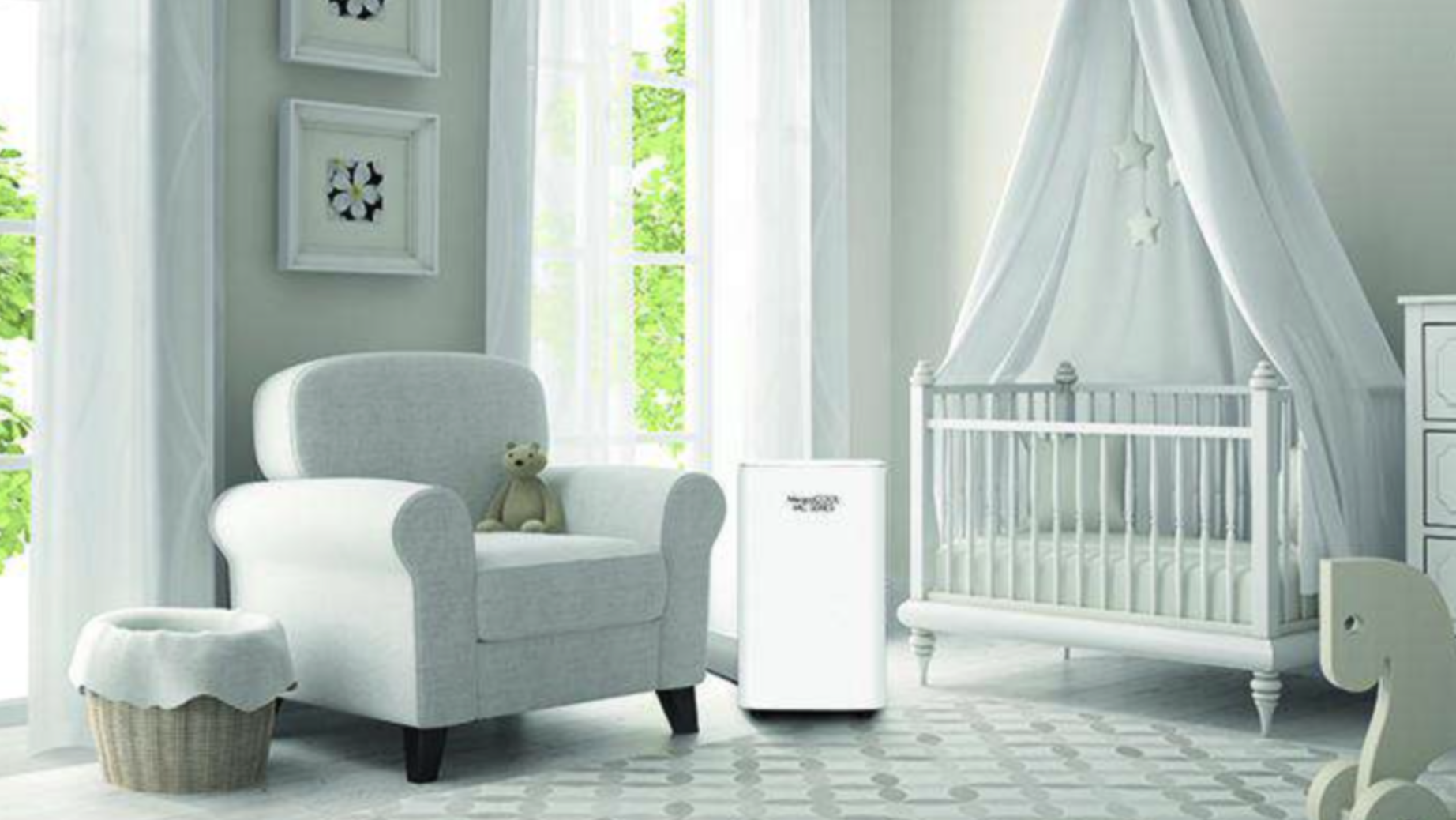
One of the problems of using the Meaco is that, given how loud it is, I only feel comfortable powering it on when our baby is not in the room before we all go to bed. Once it’s turned off again, the temperature of the room starts to creep up once more. The ultimate solution has been to run the air-con unit and then have Honeywell blow in cool air from the window. The Dyson has been placed in the living room and the Beldray is blowing cool air in the home office. Heatwaves and summer are a bit more bearable now.







